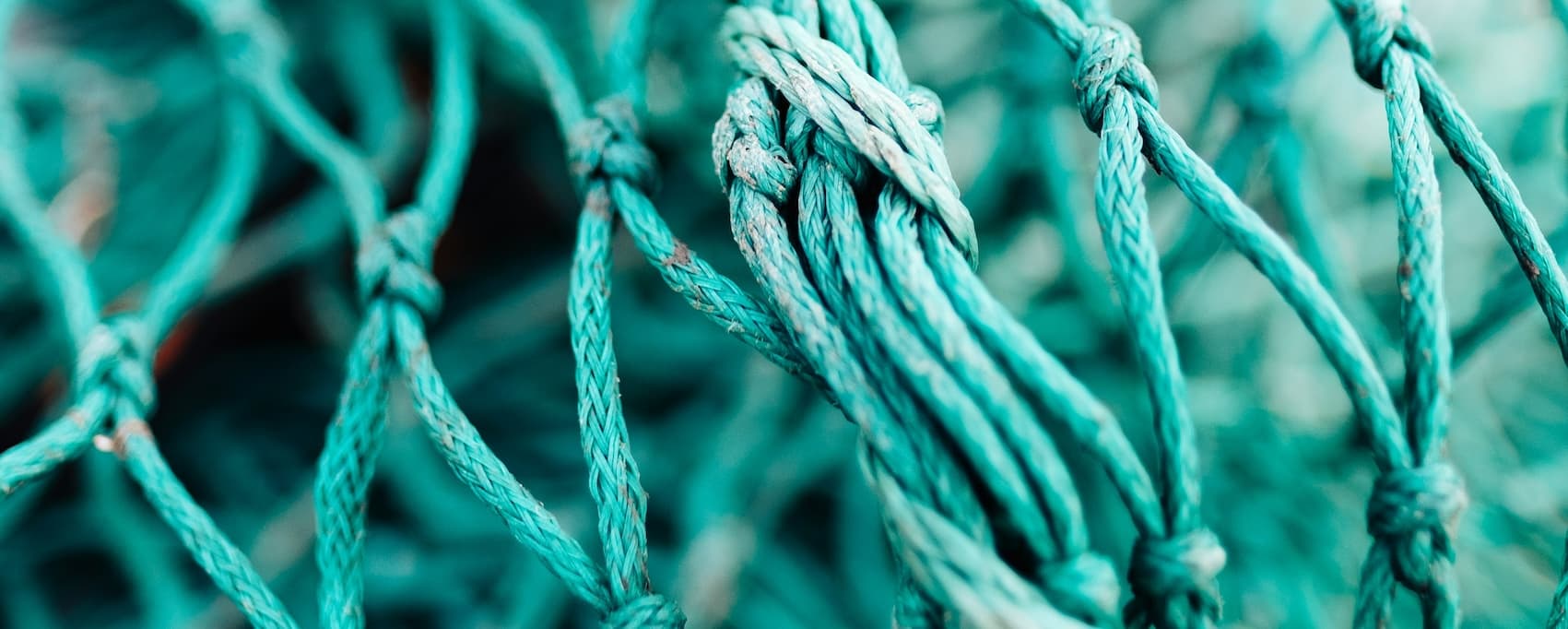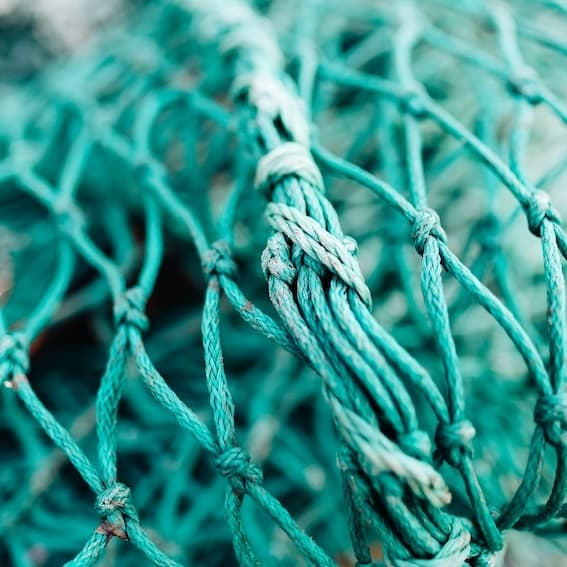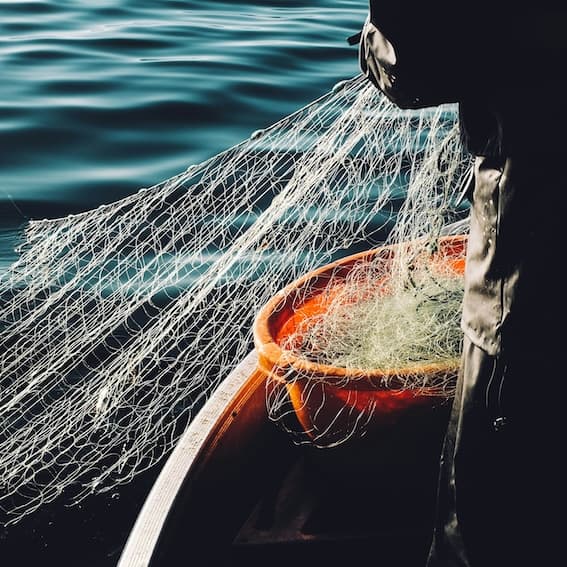

Mastering Essential Fishing Knots:
Your Ultimate Guide
Fishing success often hinges on the strength and reliability of your knots. Whether you’re tying a hook, lure, or connecting lines, the right knot ensures that your setup is secure and effective. Here are the most important knots every angler should know:
1. Improved Clinch Knot
Description: The Improved Clinch Knot is one of the most widely used and reliable fishing knots. It’s perfect for securing a fishing line to a hook, lure, or swivel.
How to Tie:
Pass the end of the line through the eye of the hook.
Wrap the tag end around the standing line 5-7 times.
Thread the tag end through the small loop formed near the eye, then pass it through the big loop.
Moisten the knot and pull both ends to tighten.
Uses: Ideal for securing hooks and lures.
2. Palomar Knot
Description: The Palomar Knot is known for its strength and simplicity. It’s particularly effective with braided lines.
How to Tie:
Double about 6 inches of line and pass it through the eye of the hook.
Tie a loose overhand knot with the doubled line.
Pass the loop over the hook.
Moisten the knot and pull on both ends to tighten.
Uses: Great for tying on hooks, lures, and swivels, especially with braided lines.
3. Uni Knot
Description: The Uni Knot is versatile and can be used for tying hooks, lures, and joining lines of different diameters.
How to Tie:
Pass the line through the eye of the hook and double back parallel to the standing line.
Make a loop by laying the tag end over the doubled line.
Wrap the tag end around the doubled line and through the loop 5-7 times.
Moisten and pull the tag end to tighten, then slide the knot down to the eye or leave a small loop if desired.
Uses: Suitable for terminal tackle and line-to-line connections.
4. Double Uni Knot
Description: The Double Uni Knot is excellent for joining two lines of similar or different diameters, making it a favorite for connecting braided line to monofilament or fluorocarbon.
How to Tie:
Overlap the ends of the two lines.
With the first line, form a loop and make 3-4 wraps around both lines, passing the tag end through the loop.
Repeat the process with the second line.
Moisten and pull both standing lines to tighten the knots, then pull the standing lines to slide the knots together.
Uses: Perfect for joining lines of different types and diameters.
5. Loop Knot
Description: The Loop Knot allows the lure or bait to move freely, creating a more natural presentation.
How to Tie:
Tie an overhand knot in the line about 10 inches from the end.
Pass the tag end through the eye of the hook or lure.
Pass the tag end through the overhand knot.
Wrap the tag end around the standing line 4-6 times.
Pass the tag end back through the overhand knot.
Moisten and pull the tag end to tighten, then slide the knot down to the eye.
Uses: Ideal for tying on lures to enhance their action.
6. Surgeon’s Knot
Description: The Surgeon’s Knot is simple and effective for joining two lines, especially when speed is essential.
How to Tie:
Overlap the two lines to be joined.
Tie an overhand knot with both lines, passing the entire leader through the loop.
Pass the leader through the loop again.
Moisten and pull all four ends to tighten.
Uses: Quick and easy for line-to-line connections, particularly useful in challenging conditions.
Conclusion
Mastering these essential fishing knots will greatly enhance your angling experience, providing you with reliable and strong connections for various fishing scenarios. Practice tying these knots until you can do them quickly and confidently. With the right knots, you’ll spend less time dealing with line issues and more time catching fish. Happy fishing!
RELATED ARTICLES



